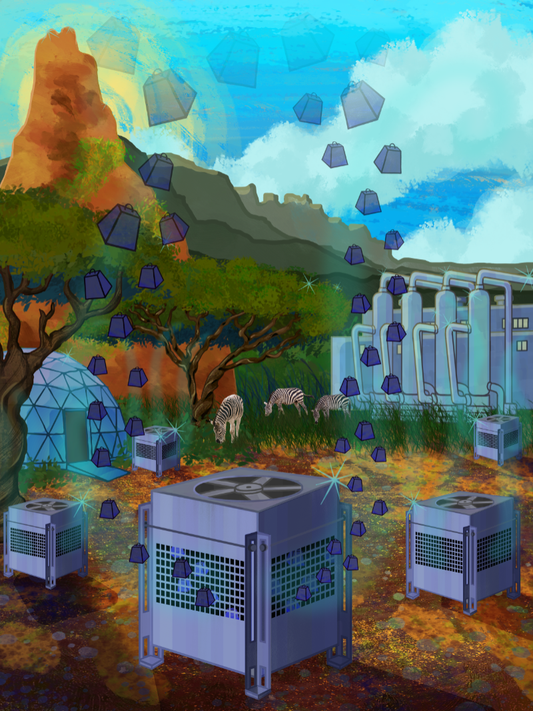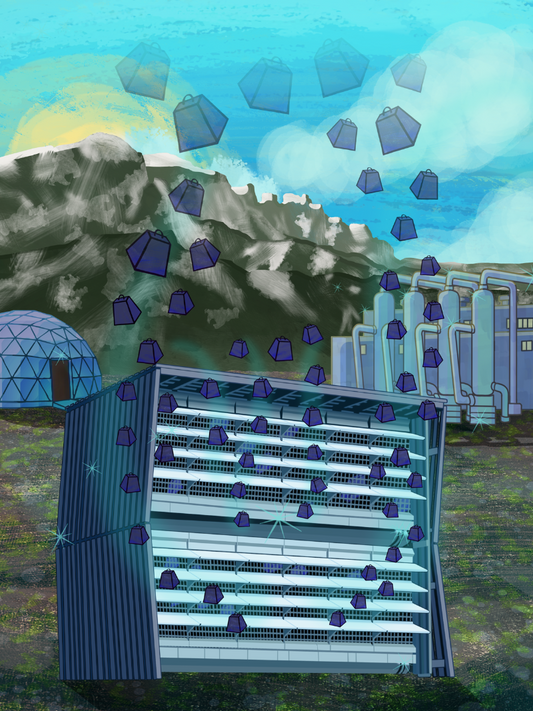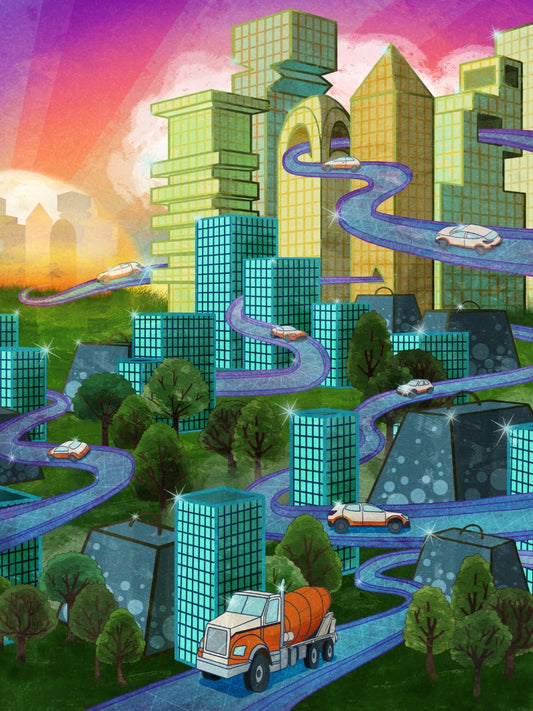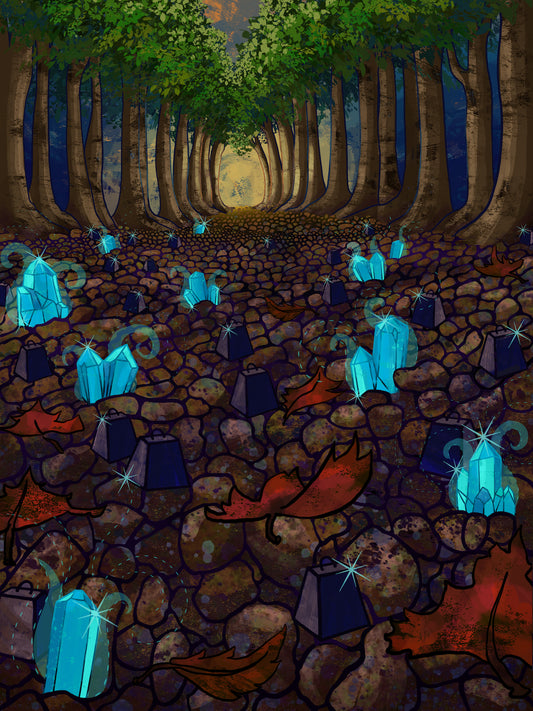We've got tons of options.
-
-
-
-
-
-
-
-
-
...and more as they become available.
We need to invest in early stage carbon sequestration solutions TODAY so that they can scale massively tomorrow.
Biochar
Biochar starts as biomass – plant matter, old wood, agricultural waste – that is pyrolyzed, or heated to high temperatures without oxygen. The result is a solid chunk of carbon that no longer releases CO₂ back into the atmosphere. Biochar is an example of a CDR method that comes with an end product that can be used for many things including as a soil amendment, to build roads, water filtration, and so much more. Our biochar removals are supplied by CarboCulture.
Bio-oil
Bio-oil starts off as biomass and undergoes fast pyrolysis. This results in something similar to crude oil, but with less viability as a fuel. Since it has a density similar to crude oil, it can be injected into wells left empty by the oil and gas industry without risk of leaking back out into the atmosphere. It’s basically a way of putting oil back where it came from. Our bio-oil removals are supplied by Charm Industrial.
Concrete Mineralization
Direct Air Capture
Enhanced Rock Weathering
Weathering refers to the natural process whereby CO₂ comes into contact with water and alkaline minerals. The chemical reactions that then take place result in stable carbonate minerals that essentially trap the carbon. The enhanced part means that humans step in to make this happen on a faster time scale. One approach uses abundant, naturally reactive silicate rock, grinding it and letting it react with water.
Reforestation
Seaweed Sinking
Seaweed can absorb carbon faster than forests and grows in the ocean without the need for freshwater or additional nutrients. Sargassum seaweed, an invasive species, is used for carbon dioxide removal while providing the co-benefit of cleaner coastlines and healthier ocean ecosystems. Our Seaweed Sinking removals are supplied by SeaGen.
Soil Carbon
Soils can hold more carbon than the atmosphere, and healthy soils are full of carbon. Regenerative agricultural practices, such as no-till or cover crops, restore carbon-depleted soils and improve fertility. Soil carbon sequestration is a great example of how low cost, simple changes can have a big impact on the climate, as well as improve agricultural ecosystems and the sustainability of our food supply. Our soil removals are supplied by Nori.
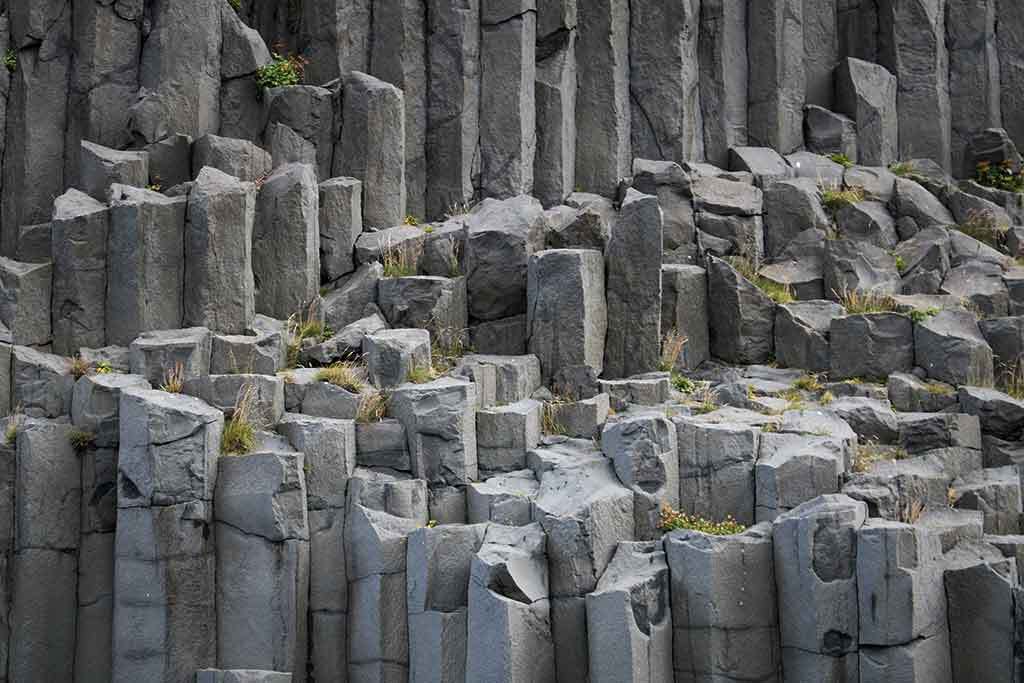
Durable Storage
While all these solutions are great, one of the primary things to consider when assessing which processes remove carbon dioxide from the atmosphere is how durable they are.
We love soils and forests as solutions because of the myriad of co-benefits they provide, but they do not store carbon permanently, and natural disasters or changes in land stewardship can threaten them in an instant.
Biochar, bio-oil, mineralization, enhanced rock weathering, and seaweed sinking are effectively permanent (lasting well beyond hundreds or even thousands of years), but these methods are much more costly and need significant investment to drive price down.
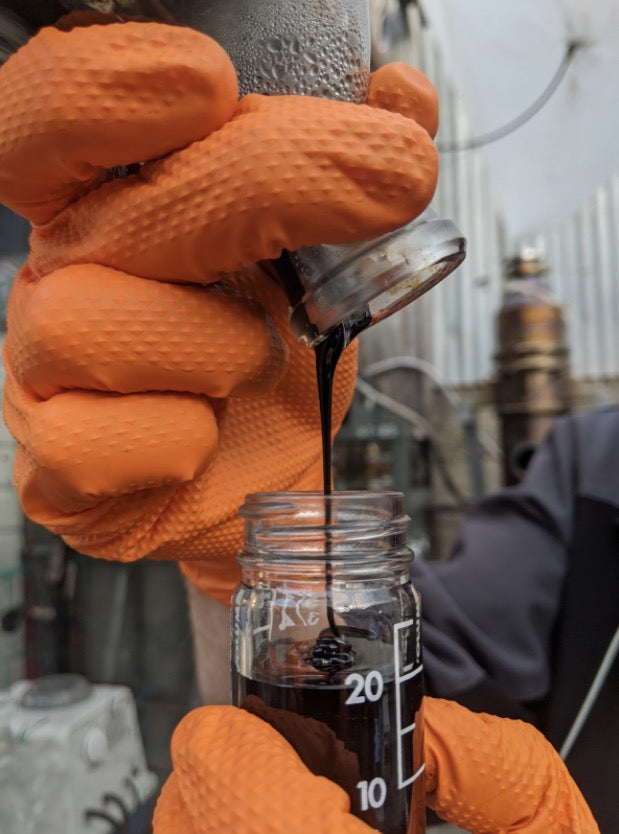
Which solution should we use?
While it is important to understand which processes remove carbon dioxide from the atmosphere, it is also important to understand that none of these methods by themselves are anywhere near capable of reducing CO₂ concentrations at the level we need, and it is absolutely imperative that we pursue all types of solutions in order to get to gigaton scale CO₂ removal.
For reference, humans emit about 40 billion tons of CO₂ per year, and no, we are not anywhere close to removing even a significant fraction of that yet. We only have seven years left years to change that, and we can start now by using all methods in tandem, testing for greatest impact, and scaling the most impactful solutions.
Method-Specific Cards
-
A Tale of Two Seaweeds
Regular price From $5.00 USDRegular priceUnit price per -
Hell's Gate, Heaven's Gleam
Regular price From $5.00 USDRegular priceUnit price per -
Weathering Heights
Regular price From $5.00 USDRegular priceUnit price per -
Lord Kelp Us All
Regular price From $5.00 USDRegular priceUnit price per -
Air Today, Gone Tomorrow
Regular price From $5.00 USDRegular priceUnit price per -
Carbon City
Regular price From $5.00 USDRegular priceUnit price per -
Enchanted Mineral Forest
Regular price From $5.00 USDRegular priceUnit price per -
Put it Back
Regular price From $5.00 USDRegular priceUnit price per -
Char-ismatic
Regular price From $5.00 USDRegular priceUnit price per -
Oliving on a Prayer
Regular price From $5.00 USDRegular priceUnit price per



